The wonderful monarch butterfly has suffered a huge decline all over the United States. Here in California the situation is even worse. Although I have a big stand of milkweed, the monarch's favorite plant, I have not even seen a monarch this summer or fall.
One way to help the monarchs is to plant more milkweed (Asclepias spp.) so they have food as they travel through our state. The caterpillars will eat many kinds of milkweed, but they will only lay eggs on a few types, and they prefer new leaves. While you're at it, plant some nectar plants for the mature butterflies. The nectar plants will lure other pollinators to your garden as well.
Milkweed has been affected by farming, development and weedkillers. I once ordered some seed from a man in the Central Valley. When he went to collect the seed, he discovered that the site had been tilled under for a shopping center and the milkweed was gone.
Monarch caterpillars eat only this milkweed; it makes them taste bad to birds and other predators. Pipevine swallowtail caterpillars also eat bad-tasting plants. In their case, it's the Dutchman's pipe (Aristolochia macrophylla). I have seen spiders and a few other insects eating this plant at times so they must lack tastebuds.
There are many varieties of milkweed but the best choice for monarchs is our native varieties. Tropical milkweeds are a vector for Ophryocystis elektroscirrha, a parasite that infects monarchs. About 30% of the Pacific Coast overwintering monarchs have this parasite, and the tropical milkweeds that last into winter have been harboring more in their leaves.
The presence of tropical milkweed in the winter causes the caterpillars to delay moving to their winter grounds and to lay eggs in the off season. They also transmit this crippling parasite to the adult population. Often you can tell before the butterfly emerges from its pupa that it has this condition. If it makes it out of the pupa, you'll see deformities.
When I applied for a Butterfly Habitat sign, the application asked about the milkweeds in my garden. If I remember correctly, I had seven at that time. Since then, some have died. The most vigorous is Asclepias speciosa, which is native to our part of California. Another native is Asclepias fascicularis, or narrow-leaf milkweed. It does not get as tall as speciosa, but the butterflies seem more interested in laying eggs on it. They usually lay a single egg on a leaf. (A monarch mama can lay up to 500 eggs.) I just got seeds for Asclepias cordifolia, heart-leaf milkweed, so I should have some growing next spring.
California has other native milkweeds. Some are picky about soil. I have tried growing a few natives from other parts of the state and have not always been successful.
Speciosa milkweed (showy milkweed) has been the easiest to grow for me. It reaches three to four feet in height and grows in a clump. It is fairly drought tolerant and puts out beautiful pink flowers that attract many pollinators. It can be propagated from root cuttings or grown from seed. I have on occasion been successful with stem cuttings. It will thrive in most types of soil.
Narrowleaf milkweed, another native, is a little more tender than speciosa. It is also much smaller, reaching about 18 inches tall and producing small clusters of pale pink flowers. It readily produces seed and seems to be a monarch favorite for egg laying.
I have been successful in propagating this plant from cuttings. One fall I dug up the plant and stored the roots wrapped in damp paper towels in a plastic bag in the refrigerator. The replant was successful. These plants have a much shorter life span than speciosa.
Heart-leaf milkweed grows in California and Nevada at elevations above 150 feet. It has purple flowers but should not be confused with the other milkweeds that have purple flowers. I will be interested to see how the plant does in my garden, at 40 feet above sea level.
Recently Napa County Resource Conservation District, the Xerces Society, and two monarch societies in Napa County began collaborating on a program to restore milkweed to our county. They have planted milkweed habitat on 2-1/2 acres on 17 local farms. They have reported seeing adults and 48 eggs on these farms.
You can find a lot of information online about growing milkweed from seed. You can also buy nursery plants but many have been sprayed or contain residue from weed killer that kills the caterpillars. If you purchase nursery plants, keep them away from butterflies for a season to give the plants time to outgrow the poisons.
Help Desk: The Master Gardener Help Desk is available to answer your garden questions on Mondays and Fridays from 10 a.m. until 1 p.m. Send your questions to mastergardeners@countyofnapa.org. Include your name, address, phone number and a brief description of the problem. For best results, attach a photo of the plant. You may also leave a voicemail message with the same information at 707-253-4143.
Las Flores Learning Garden: Join Napa County Master Gardeners for a workshop on “Fall Garden Cleanup: Pruning and Planning for Winter in Your Garden,” on Saturday, October 29, from 11 am to 1 pm, at Las Flores Community Center, 4300 Linda Vista Avenue, Napa. Dress for gardening and be prepared to join in hands-on learning opportunities. Space is limited. REGISTER HERE.
Library Talk: UC Master Gardeners will host a talk on “For the Love of Tulips” via Zoom on Thursday, November 3, from 7 pm to 8 pm. Can you successfully grow tulips in an increasingly hot CA weather? What varieties do better than others? Register to receive the Zoom link.
Food Growing Forum: Join UC Master Gardeners of Napa County for a free forum on “Cultivating Mushrooms” on Sunday, November 13, from 3 pm to 4 pm, via Zoom. Register to receive the Zoom link.
Attached Images:
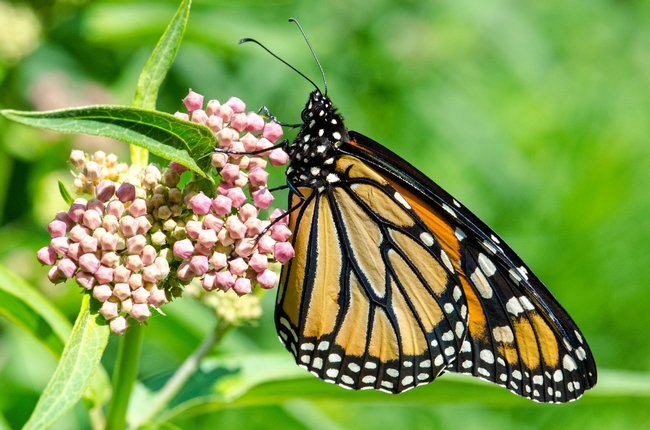
monarch butterfly on milkweed (pics4learning.com)
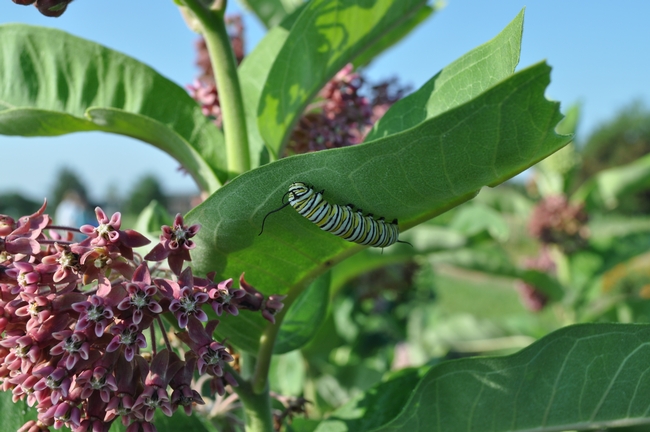
Milkweeds (Asclepias spp.) - Native Plant Ethnobotany Research Program (nativeplants.ku.edu)
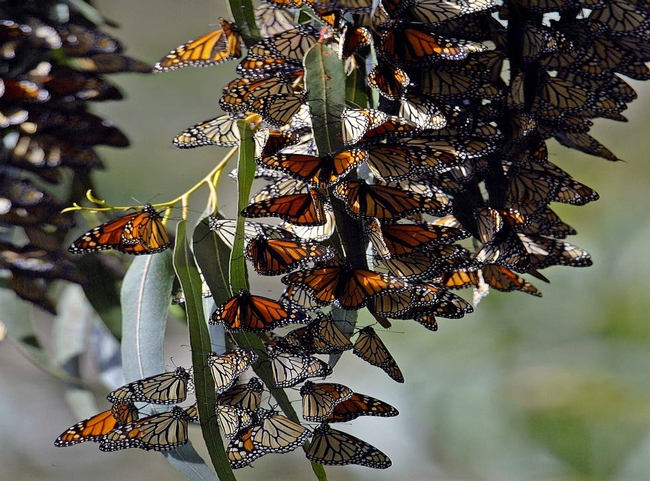
Milkweed planted in California to help monarch butterflies San Francisco San Francisco Chronicle (independent.co.uk)

Monarch caterpillars feeding on some native milkweed (photocontest.smithsonianmag.com)
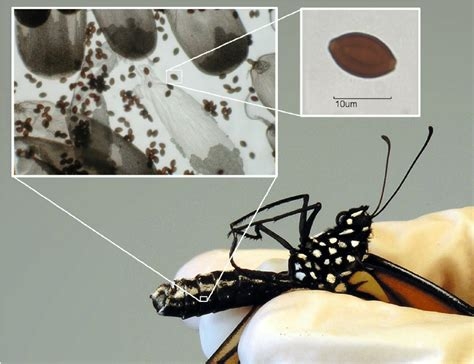
Ophryocystis elektroscirrha ( OE ) infection of a monarch butterfly Download Scientific (researchgate.net)
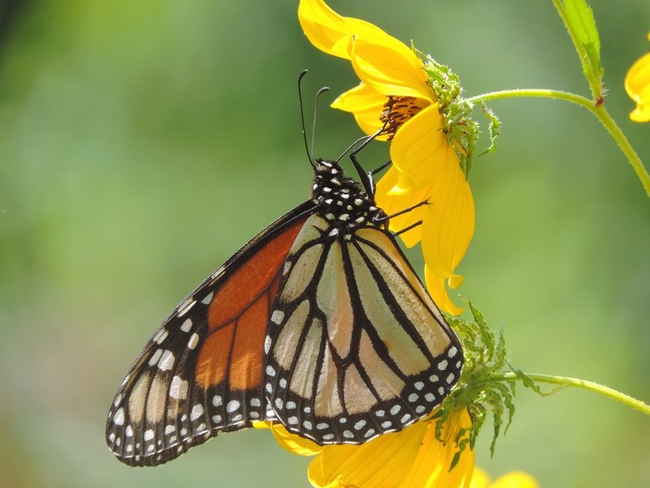
A monarch butterfly sipping the sweet nectar of a flower (photocontest.smithsonianmag.com)

Asclepias cordifolia - Heart-leaf milkweed (jay.timetotrack.com)
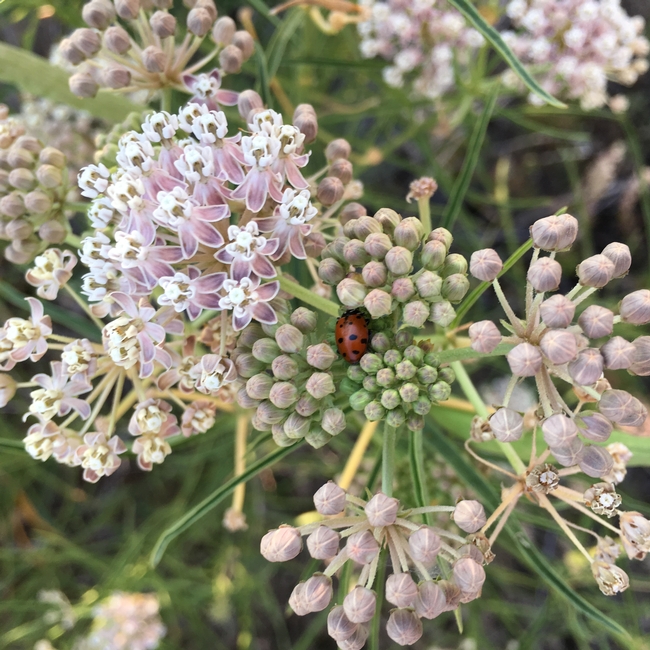
Asclepias fascicularis (plantmaster.com)